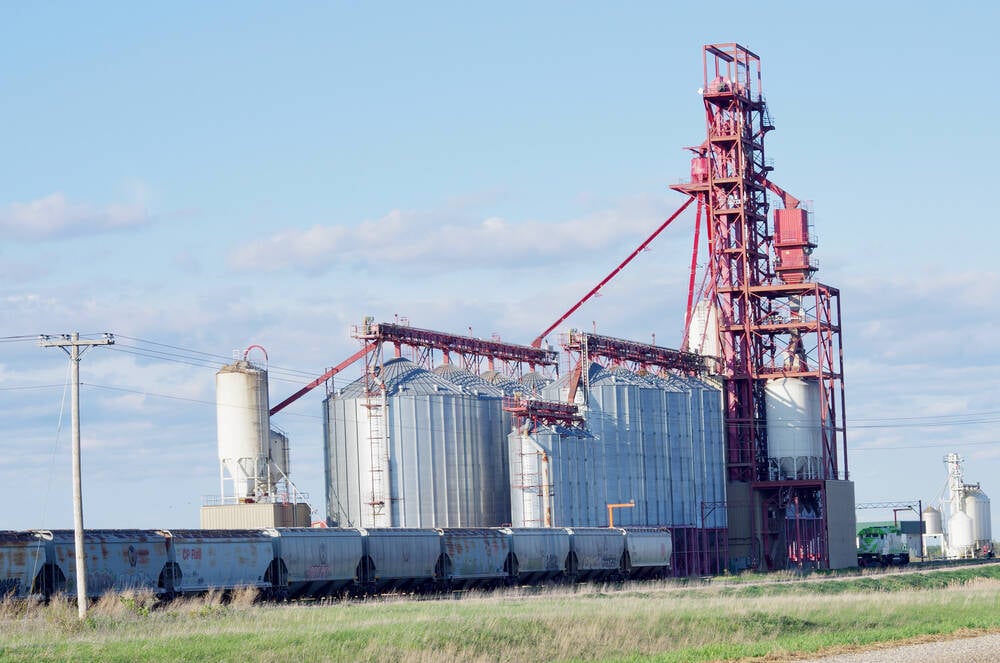CNS Canada — Corn and soybean futures at the Chicago Board of Trade both recorded gains during the week ended Wednesday.
Prices were pushed higher as traders prepared for subcontracts to come off the board next week; however, gains are expected to be short-lived, said one analyst.
“I think we’re just seeing a dead cat bouncing, for both (soybeans) and corn we were a little oversold,” said Scott Capinegro, senior broker for HighGround Trading Group in Illinois.
“The rule of thumb is when ending stocks go up, it’s not bullish.”
Read Also

Near record September major grain deliveries: Statistics Canada
Canadian farmers made heavy deliveries of grains and oilseeds off the combine and into the commercial pipeline this September, with total deliveries of the major crops up 13.3 per cent from the same month the previous year, reported Statistics Canada.
Soybean futures for the November contract closed at $9.755 per bushel on the week ending Wednesday, an increase of more than 32 cents from the previous week (all figures US$).
Rain during soybean harvests could hurt yields in some areas; however, yields are still expected to be huge, Capinegro said.
“I still think we’re going to see November (soybeans) in the low $9-$9.20 (per bushel) range, maybe even $8.85 (per bushel) with harvest,” he said.
Corn futures climbed more than 17 cents to close at $3.3325 per bushel for the December contract.
“Wherever the September low was, which right now has been $3.01, I would think that’s a target on the downside for the December corn,” Capinegro said.
“We know we have a big crop; I’m not in the 175 (bushels per acre) camp, but I can definitely see it being 171 to 172 (bushels per acre), that’s very possible.”
World production numbers for last week showed new records for corn, wheat and soybeans, Capinegro said, adding he is uncertain on what it will take to stop the grain glut.
“The only way I possibly see changing (the global oversupply of grain) is to drop these markets low enough to discourage some planting.”
Farmers also have some decisions to make about the commodities on which they’re going to focus.
“One of the big problems we’re going to have in the U.S. next year is losing anywhere from two to three million wheat acres for winter wheat… some of that goes into soybeans and some of that goes into corn, and we can’t afford to plant 94 million acres of corn again.”
— Erin DeBooy writes for Commodity News Service Canada, a Winnipeg company specializing in grain and commodity market reporting.














